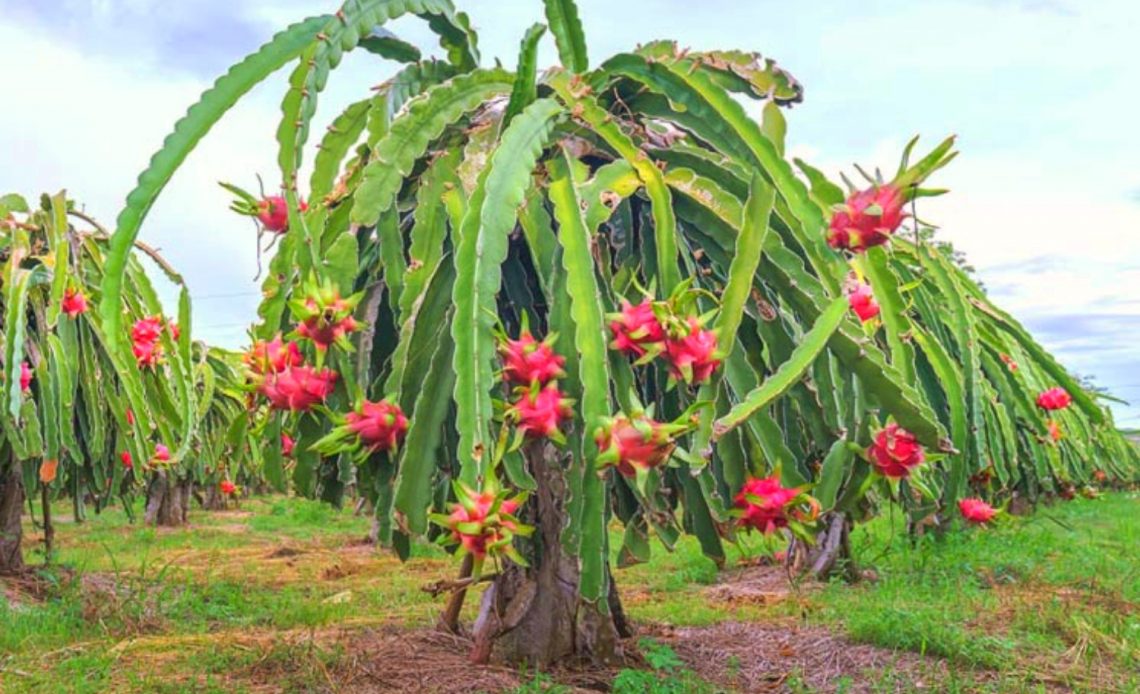

We’re here to help! Wild Yards is a completely free website that is 100% dedicated to helping you create a wildlife-friendly, sustainable yard. Read more
WildYards is reader-supported. When you buy a product through a link on our site, we may earn a comission. Every product is independently selected by our (obsessive) editors and our reviews are unbiased and objective. Read more about our mission or our privacy policy.
Dragon fruit is a climbing cactus that produces delicious pear-shaped red fruits. These plants are native to Mexico, Central, and South America, but can be cultivated in other tropical and subtropical environments as well. While these plants are fairly easy to care for, and generally not picky when it comes to soil, fulfilling the dragon fruit’s soil requirements will increase fruit production so you have a good crop to harvest at the end of the season.
Dragon fruit grows best in loose soil that’s full of nutrient-rich organic materials. The soil should contain a decent amount of sand and be able to retain moisture without staying soggy. Plants grow best at a slightly acidic pH of 6 or 7.
What are dragon fruit’s soil requirements?
Dragon fruit is highly adaptable and can be grown in a variety of soil types. But even though dragon fruit may tolerate an array of soil conditions, it still performs best when its ideal soil conditions are met.
It’s best to grow dragon fruit in loose, fertile soil that contains lots of organic materials. These plants prefer sandy loams that can easily be kept moist but will still drain well. Although dragon fruits are more than capable of growing in soils that are neutral or slightly alkaline, they grow best in slightly acidic soils that have a pH of 6 to 7.
Dragon fruit plants have shallow root systems. Because of this, they prefer to be planted in loose soil that’s easy for them to root through. Compacted soils, like those that are rich in clay, will hinder the plant’s growth.
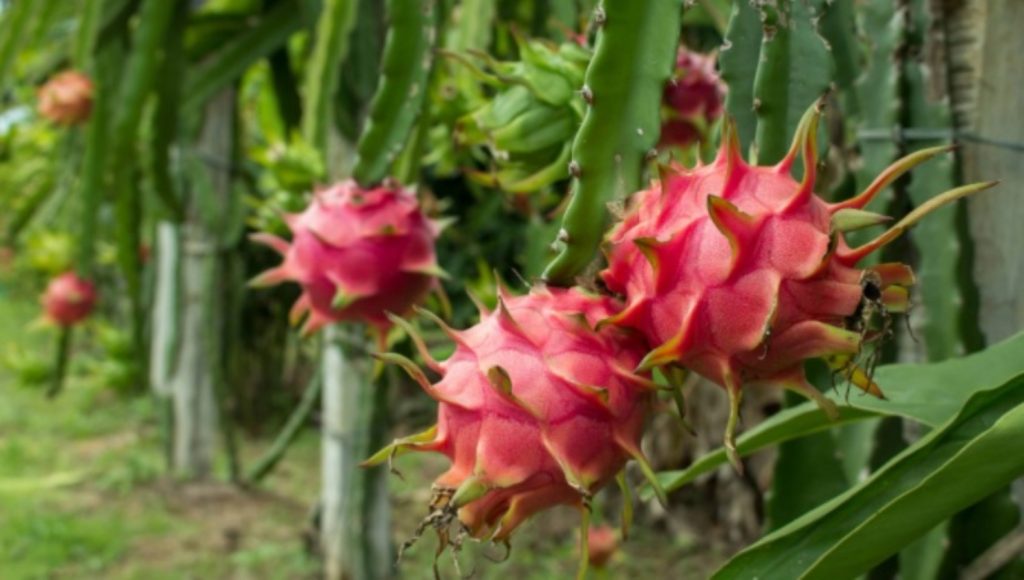
Which types of soil do dragon fruits dislike?
Soils that are super loamy, that stay overly moist, or that have a high clay content and are more likely to be compacted are less than ideal for growing dragon fruit. These cacti prefer to grow in sandy soils, such as those used to grow lavender, which stay loose enough for water and air to penetrate and runoff. If your region’s soil doesn’t have what it takes to support your dragon fruit plants, you may need to amend it or grow your dragon fruit in pots.
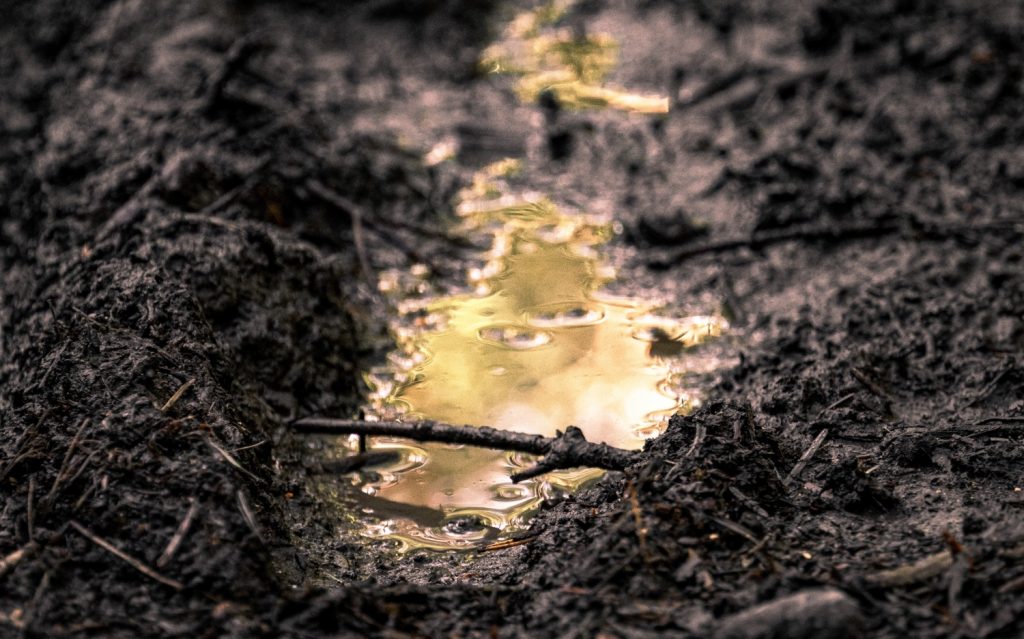
What’s the best soil mix for dragon fruit growing in pots?
Most commercial cactus potting soil will work just fine for dragon fruits. You can save yourself some time by purchasing a few bags of prepackaged mixture. But if you have a lot of dragon fruits to plant, or if you already have the following ingredients on hand, you can create your own dragon fruit potting soil blend. Here’s what you’ll need:
- Sandy soil — This could be your own native sandy loam soil or a commercial sand-rich potting mixture. Any soil that has a coarse texture to provide your dragon fruit with plenty of air space will do just fine. Just be sure the soil is clean and free of any weeds, roots, or debris.
- Vermiculite — A rot and mold-resistant sterile substrate, vermiculite helps break up the soil to keep it airy and light. Because dragon fruits can suffer from a lack of oxygen, it’s important to include vermiculite in your potting mixture to help aerate the soil.
- Compost — Dragon fruits grow best in fertile, nutrient-rich potting mixtures. Compost enriches the soil and helps it retain a bit of moisture. You can purchase bags of compost from any garden store, but you can also make your own compost in a 5-gallon bucket by mixing a 1:1 ratio of green matter and brown matter.
- Peat moss or coco coir — Adding some fibrous materials to your dragon fruit soil mixture will help prevent compaction, while also keeping the soil loose enough for the cactus’s roots to grow through easily.
Once you’ve gathered all of the ingredients, mix 50% vermiculite, 20% sandy soil, 15% peat moss or coco coir, and 15% compost in a large bucket. Use a hand trowel to blend everything well. You’ll know you’re done when the mixture takes on a uniform appearance.
This homemade dragon fruit potting soil mix is designed to retain some moisture while allowing excess water to drain quickly. You can further improve drainage for your dragon fruit plants by placing several large rocks on the bottom of their pots before filling them with soil. Be sure the pots have drainage holes in the bottom for water to escape.
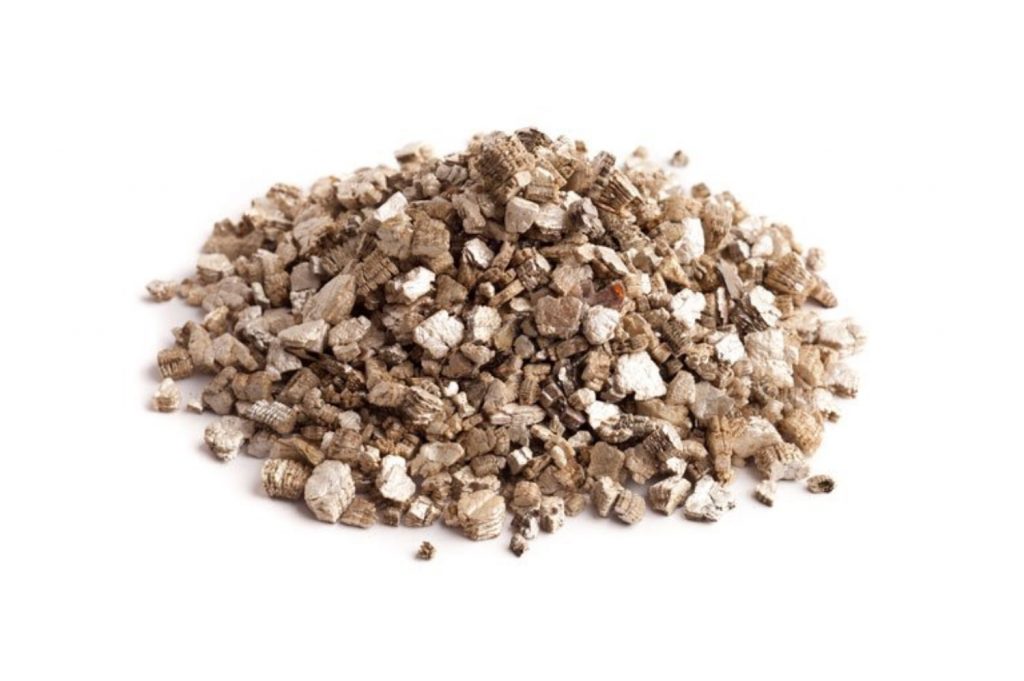
How can you amend your native soil for dragon fruit plants growing in the ground?
If you’d rather grow your dragon fruits directly in the ground, but your native soil is too compacted or doesn’t drain well enough, you’ll need to amend it before planting.
A good way to improve native soil is simply by mixing some homemade dragon fruit potting soil with it. This will break up overly compacted soils, making it easier for plants to establish themselves. And, if your soil tends to hold onto too much moisture, it will also help improve drainage. Once you’ve dug the hole for your dragon fruit plant, backfill using 70% to 80% of the potting soil mixture and 20% to 30% of your native soil.
If your soil is too alkaline for dragon fruit’s liking, you can use peat moss to bring the pH down. Use a weed fork and hand trowel to work 3 to 6 inches of peat moss into the first foot of soil surrounding your dragon fruit plants. This will help acidify the soil for up to 2 years.
Alternatively, if your soil is too acidic, even by dragon fruit’s standards, then you’ll need to make it more alkaline, which you can do by adding manure, bone meal, or dried and pulverized eggshells. You can apply these substances as a top dressing or mix them in when transplanting dragon fruit plants to raise the soil pH to an appropriate level.
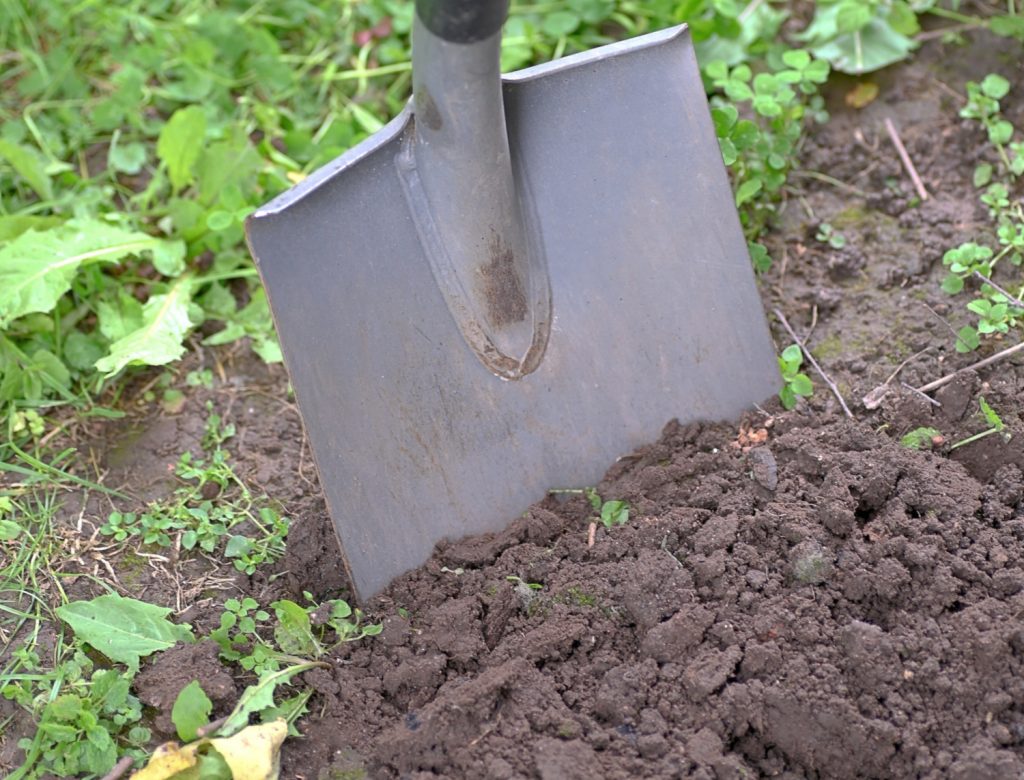
How and when should you fertilize your dragon fruit plants?
If you’re growing your dragon fruit plants to harvest the fruits, and not just for looks, they’ll produce a better harvest if you feed them. Always test your soil before applying fertilizers so you don’t end up adding too much of one mineral. This will also help you save money since you’ll be able to fertilize more effectively.
Use a balanced fertilizer, like 10-10-10 or 16-16-16, which contains equal amounts of nitrogen, phosphorous, and potassium, respectively. Plant foods that are specifically marketed as cactus fertilizers generally work well, too.
You’ll need to feed plants that are between 1 and 3 years of age 4 to 6 times a year. Because they’re still growing, young plants require plenty of extra nutrition. Mature plants that have had a few seasons to mature only need to be fed 3 or 4 times a year.
If you’re using a tree as a living post for your dragon fruit plants to climb onto, you may find you need to feed them more often to keep up with both plants’ nutritional demands. In this case, we recommend applying fresh compost every other month or so, in addition to your yearly fertilizing schedule.
Do dragon fruit plants benefit from mulch?
That depends. If you find the soil around your dragon fruit cactus is getting dry quickly, and you notice the branches wilting and becoming wrinkled, then adding a 2 to 3-inch layer of mulch can help prevent moisture loss.
Mulch is also beneficial if you’re trying to grow dragon fruit in a cooler climate. Dragon fruits grow best in zones 10 to 11. If you’re outside of these regions, applying mulch is a good way to warm up the soil to the plant’s preferred temperatures. Mulch can also be helpful when preparing your plants for winter.
But if you find your soil stays moist enough in between waterings, and your dragon fruit plants are showing no signs of stress, there’s no need to spread mulch around them. In fact, doing so may cause them to retain too much moisture, resulting in diseases and mushroom infestations.
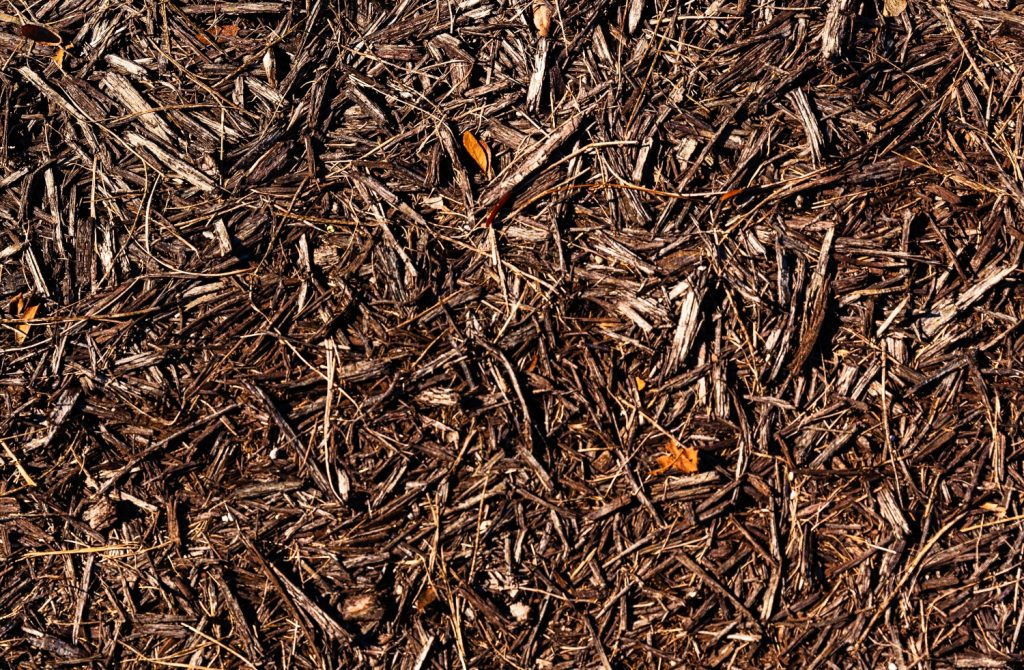
What else can you do to support dragon fruit growth?
Keeping your dragon fruit plants in their ideal soil mixture will support healthy growth and fruit production. But good soil is only one piece of the puzzle. Make sure to plant your dragon fruit in a location where it can receive partial shade (preferably in the afternoon), and be sure to check moisture levels regularly. Dragon fruits require an inch of water per week, so be sure to give it a good drink with the garden hose to keep it hydrated.
You can further support dragon fruit production by growing your dragon fruit cacti near their favorite companions. Dragon fruits grow well with nitrogen-fixing plants, including borage, nasturtiums, and bush beans. Fragrant plants, like garlic, onions, and chives, help repel pests who like to feed on the dragon fruit’s flesh.
Dragon fruit is an adaptable plant that can overcome poor soils. But plants grow best when their ideal soil conditions are met. To make sure you get the best crop of dragon fruits possible, be sure to test your soil annually and amend it as necessary.
